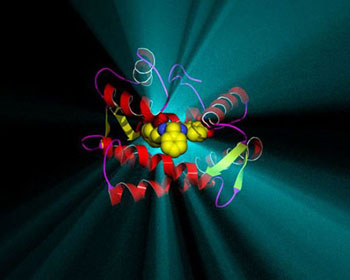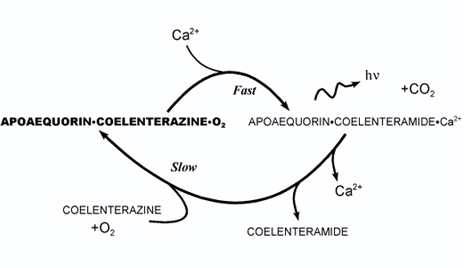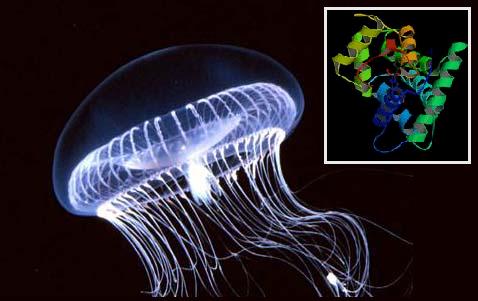Team:Valencia/proves
From 2009.igem.org
Yeast Team
At WetLab we are working with yeasts in order to create each and everyone of the cell-pixels of our bioscreen. But a pixel is able to make light, and if we want to use yeasts, we need that yeasts make light. For that, we are using an aequorin-transformed yeast strains.
Aequorin is a luminiscent protein that originally was isolated from luminescent jellyfish Aequorea. It can also find in other species of Aequorea and in many other marine organisms. For more information about de discovery of aequorin, you can [http://www.biolbull.org/cgi/reprint/189/1/1.pdf| read a text] written by the person that isolated aequorin originally.
To make light, Aequorin uses coelenterazine as its cofactor. Aequorin also need that Ca2+ is joined to it to produce light. You can see the complete reaction in the next picture:
Aequorin+Coelenterazine+Ca2+-> 
We will use a chemical input like KOH (alkali shock) to open Ca2+ channels in the yeasts' membrane (Viladevall L, et al. J Biol Chem. (2004) 279 43614–43624), then Ca2+ will enter into the cells and we will get light as an output.
If we succed in this, we will try to reproduce the same response with an electrical stimulus, using some hardware built by ourselves. We will use an electrical input to open the Ca2+ channels. We hope that we see light by this metod.
 "
"




